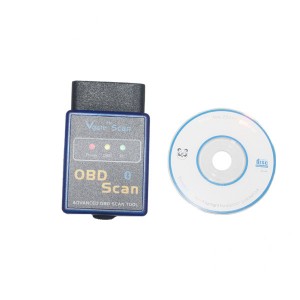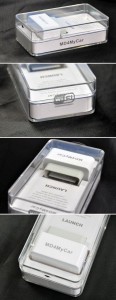Two new videos published today give a detailed look at the casings of the “champagne” colored iPhone 5S and the “graphite” 5S, which first showed up in photos earlier this week.
While there has been a non-stop stream of images and videos depicting the gold iPhone 5S, a video from TLD offers a good overview of both the casing and the structural differences between the iPhone 5S and the iPhone 5.
As has been previously noted, the iPhone 5S features repositioned logic board screws and a larger flash cutout to accommodate a dual-LED flash. Placing the iPhone 5’s battery into the iPhone 5S casing, TLD notes that the amount of space available for the logic board has been decreased to increase the available battery space.
A second video from BestTechInfo offers a view of the purported black and “graphite” version of the iPhone 5S compared to the existing black and slate iPhone 5.
When side-by-side, the graphite iPhone 5S is noticeably lighter in color than the existing black and slate iPhone 5, but as 9to5Mac points out, initial versions of the slate iPhone 5 were lighter in color as well. This suggests that the graphite iPhone 5S color variation may just be an early prototype rather than a new color that Apple plans to introduce.
The iPhone 5S will retain the same form factor as the iPhone 5, but it will include a number of upgrades including the aforementioned dual-LED flash, an improved processor, and a fingerprint sensor. It is also rumored to offer a better camera and new picture taking modes.
Apple is expected to debut the iPhone 5S and the low-cost iPhone 5C at an iPhone event that will take place on September 10, with the phones shipping on September 20.



